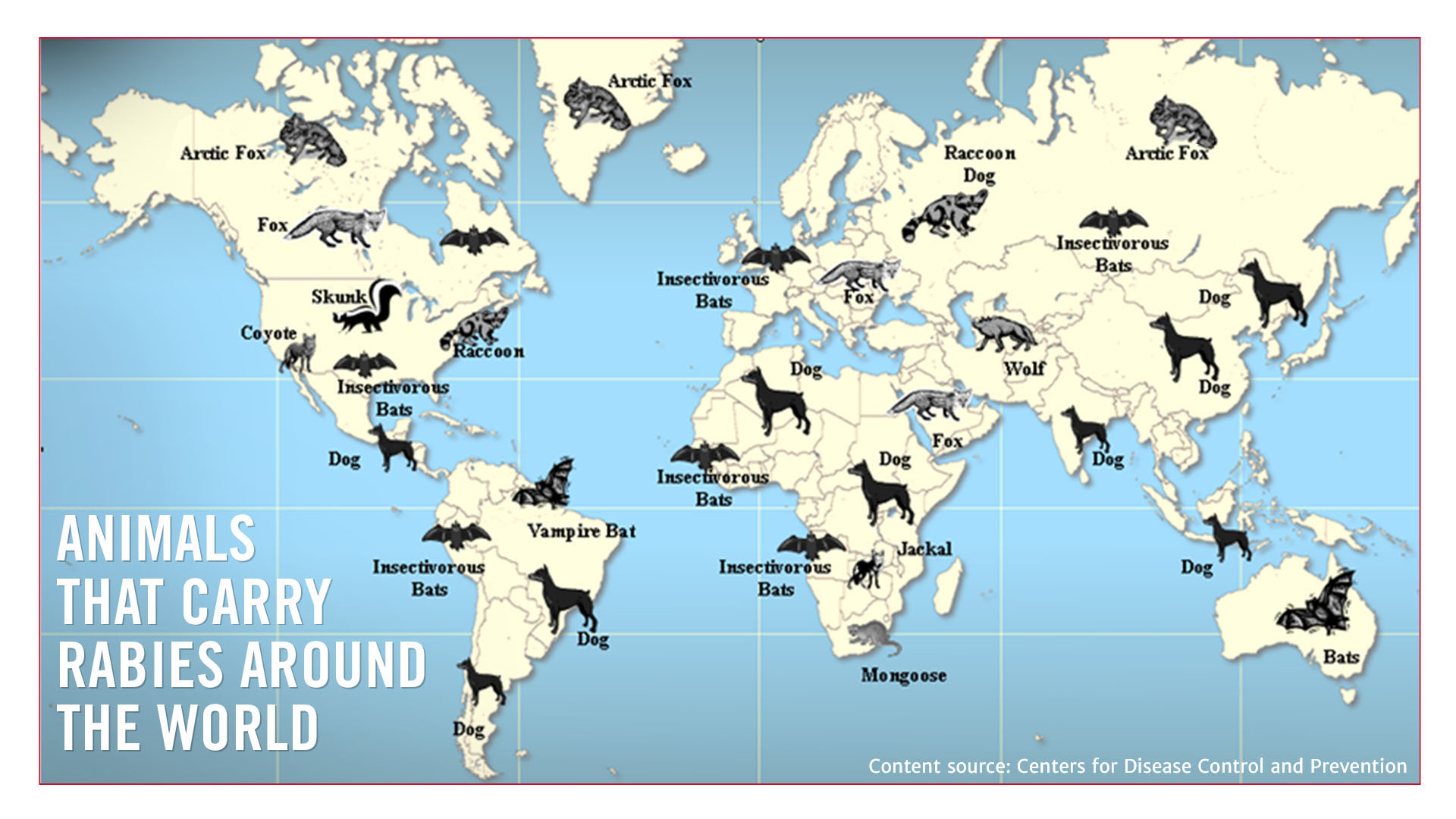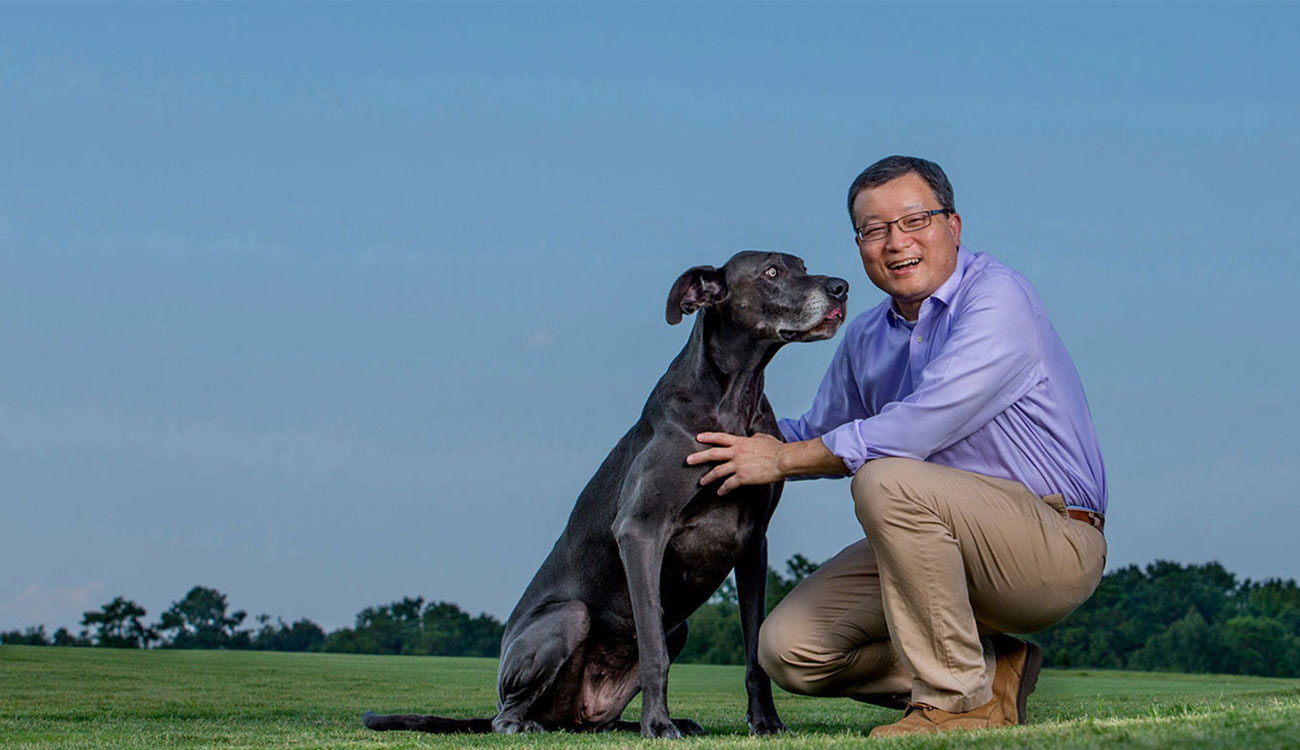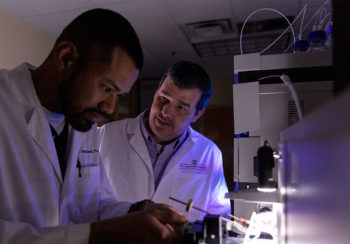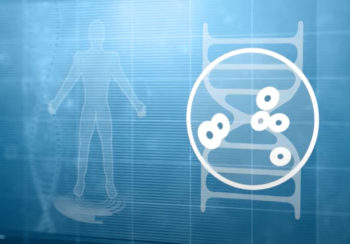Like many people, University of Georgia researcher Biao He loves dogs.
But his affinity for man’s best friend runs a bit deeper than most.
The infectious disease specialist is using a common canine virus to fight lethal diseases that affect millions around the world. His research on the virus called PIV5 is being translated into new vaccines and treatments for deadly infections such as rabies, tuberculosis and HIV.
The concept behind turning a virus into the base of a new vaccine isn’t new.
University of Georgia earned the patent for the technology, and many companies have since licensed it to develop new vaccines.
The main criteria for vaccine vectors, as they’re called, is that the virus being used is safe. PIV5 has a stellar safety profile in humans and dogs, having been used as a live vaccine for dogs many years.
That makes it the perfect virus to use to inoculate people against harmful diseases.

“It’s really the viruses that are quietly replicating, that you don’t even know are there. Those are the ones that are really successful,” says He, the Fred C. Davison Distinguished University Chair in Veterinary Medicine. “PIV5 is one of those viruses that can go on and on without causing any disease. All we did was take the virus and make it better.”
One application He is particularly excited about is creating a PIV5-based vaccine to help treat rabies once an animal or person has been infected.
In the U.S., rabies infections in people are rare, and because most pets are vaccinated against the disease, most animal cases are found in wildlife, like bats and foxes. As for people, treatments are very effective if the exposure to rabies is treated immediately.
But in other countries around the world, rabies is much more common and almost always deadly, in part due to lack of medications to treat or prevent the disease.
“What we’re trying to do is change that,” says He. Experiments in mice have been promising, showing that the vaccine could reverse rabies infection in about half the subjects even after symptoms began appearing six days after infection. “We may not get to 100 percent survival, but we want to see if we can give people a fighting chance for survival.”
“We want to develop products that can be used to help humans and animals as well. Our goal is really just to make life better for everyone.”
– Biao He, Georgia Research Alliance Distinguished Investigator, College of Veterinary Medicine
Because many infectious diseases, like rabies and Ebola virus, are spread to people by bats, he decided to stop the spread at its source.
He developed a PIV5-based rabies vaccine for bats, and working with collaborators at the Centers for Disease Control and Prevention, he was able to test an intranasal version of the vaccine in a bat colony. The goal was to see whether a vaccine could ultimately be aerosolized for mass delivery in bat communities. The initial testing results are very promising. They vaccinated a handful of the bats and put them back into their colonies. They found that many of the unvaccinated bats generated antibodies to the virus through contact with the inoculated members of their colonies.
“What we’re doing is trying to prevent bad things from happening to people,” He says. “Ultimately, we want to develop products that can be used to help humans and animals as well. Our goal is really just to make life better for everyone.”
And as He and his team continue to develop new treatments and vaccines for deadly infectious diseases, they’re getting closer to achieving that goal.

About the Researcher
Biao He
Georgia Research Alliance Distinguished Investigator
Fred C. Davison Distinguished University Chair in Veterinary Medicine
Department of Infectious Diseases
College of Veterinary Medicine






